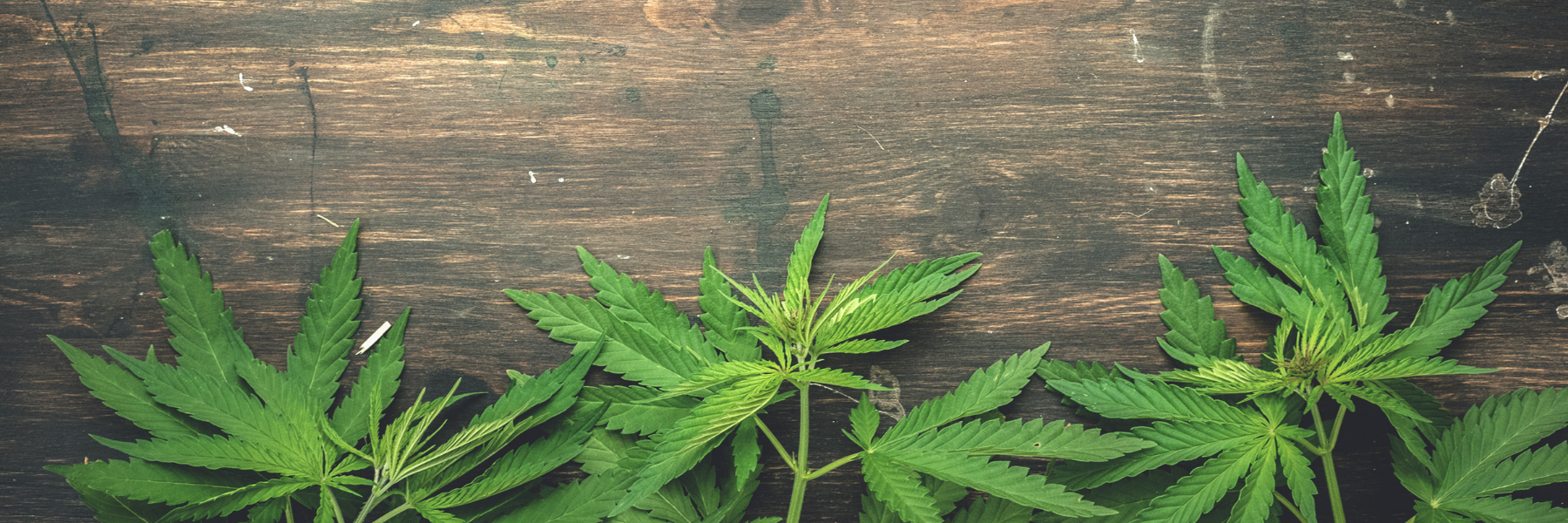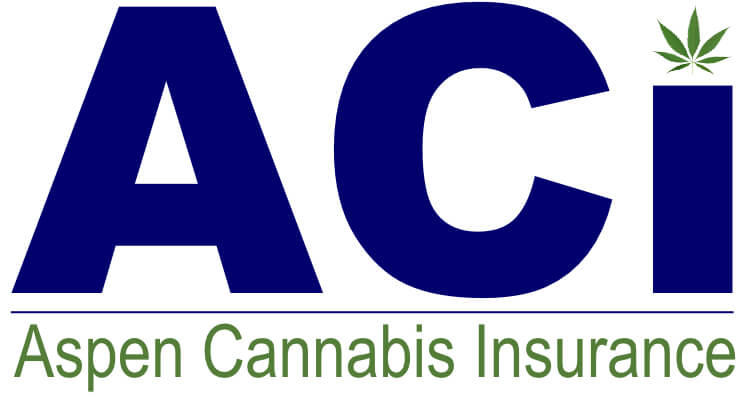
Impact of Cannabis Legalization
In July 2021, the Colorado Department of Public Safety, part of the division of Criminal Justice, submitted a report detailing the Impacts of Marijuana Legalization in Colorado.
The report spanned several areas including Public Health, Public Safety, Criminal Justice among other areas.
As many of the other states are dealing with a constituency in favor of recreational marijuana (according to a Pew Research poll conducted in April 2021, 60% of Americans believe recreational marijuana should be legal and 31% believe only medical marijuana should be legal), eight years of marijuana legalization offer a data-based view of the impact of marijuana is worth reviewing.
The indented portions of what follows comes directly from the report’s executive summary.
Adult Use Rates
- The Colorado Behavioral Risk Factor Surveillance System (BRFSS) is a statewide telephone survey conducted by the Colorado Department of Public Health and Environment (CDPHE). The BRFSS was expanded to include questions about marijuana use.
- In 2019, 19.0% of adults reported marijuana use in the past 30 days, compared to 13.4% in 2014, a significant increase. Males have significantly higher past 30-day use (22.9%) than females (15.1%).
- Adults 26-34 year reported the highest past 30-day usage rates (29.4%), followed by 18–25-year-olds (28.8%), 35-64 year-olds (17.3%), and those 65 years and older (9.3%).
The marijuana usage rates of those 65 and older has more than tripled since 2014. No doubt the result of aging hippies who fondly remember the 1960s.
Smoking marijuana flower decreased from 87.2% of users in 2016 to 76.1% in 2019. This reduction is offset by increases in eating/drinking (35.2% in 2016 to 43.0% in 2019, vaping (22.9% in 2016 to 32.0% in 2019), and dabbing (16.8% in 2016 to 19.6% in 2019).
Smoking anything produces tar and other harmful by-products. While there haven’t been many studies conducted on the effects of vaporizing cannabis specifically, vaping nicotine is generally recognized to be at least 95% safer than smoking cigarettes by top UK scientists. It’s not a huge leap to make this assumption with pot.
According to the National Survey on Drug Use and Health, administered by the federal Substance Abuse and Mental Health Services Administration, the prevalence rates for marijuana use in the past 30 days increased for young adults (18- to 25-years old), from 21.2% in 2005/06 (pre-commercialization) to 31.2% in 2013/14 (post-commercialization), but has stabilized at 34.4% in 2018/19. Reported 30-day marijuana use by adults ages 26 years and older increased from 5.4% in 2005/06 to 15.6% in 2018/19.
Youth Use Rates
- Data on youth marijuana use was sourced from The Healthy Kids Colorado Survey (HKCS), with 46,537 high school and 6,983 middle school students responding in 2019, as well as the National Survey on Drug Use and Health (NSDUH), with 447 respondents in 2018/19.
- HKCS results indicate no significant change in past 30-day use of marijuana between 2013 (19.7%) and 2019 (20.6%).
- Also, in 2019, the use rates were not different from the national 30-day use rates reported by the Youth Risk Behavior Survey. In 2019, 20.6% of Colorado high school students reported using marijuana in the past 30-days compared to 21.7% of high school students nationally that reported this behavior.
The 2019 National Survey on Drug Use and Health shows youths aged 12 to 20 drink 4.0 percent of all alcohol consumed in the United States.Although youth drink less often than adults, when they do drink, they drink more. More than 90 percent of all alcoholic drinks consumed by young people are consumed through binge drinking. In 2019, 4.2 million young people reported binge drinking at least once in the past month.
According to the National Institute on Alcohol Abuse and Alcoholism, in 2019, about 24.6 percent of 14- to 15-year-olds reported having at least 1 drink. That same year, 7.0 million young people ages 12 to 20 reported that they drank alcohol beyond “just a few sips” in the past month.
The rates of cannabis use among Colorado high school students is less than the rates nationwide for high school students who drink. However, youth use of marijuana in Colorado (9.8%) was above the national average (7.0%). We can infer that in Colorado, high schoolers prefer cannabis abuse to alcohol abuse.
According to the Centers for Disease Control, one in three high school students still drank alcohol and one in six were binge drinkers in 2015. Most high school students who drank were also binge drinkers, and in 2015, more than two in five binge drinkers consumed eight or more drinks in a row, increasing the risk for alcohol-attributable harms (e.g., violence, unintentional injuries, and alcohol poisoning).
- The number of juvenile marijuana arrests decreased 37%, from 3,265 in 2012 to 2,064 in 2019.The rate of juvenile marijuana arrests per 100,000 decreased 42%, from 599 in 2012 to 349 in2019. The rate of White juvenile arrests decreased 47%, from 667 per 100,000 in 2012 to 352per 100,000 in 2019.
- The rate of Hispanic juvenile arrests decreased 26%, from 489 per 100,000 in 2012 to 364 in 2019.
- The rate of Black juvenile arrests decreased 41%, from 727 per 100,000 in 2012 to 429 in2019.
Other Cannabis Statistics
- In June 2020, 2,709 licensed marijuana businesses were registered in Colorado. Nearly 60% of the licenses for marijuana businesses were concentrated in the counties of Denver (994), El Paso (292), and Pueblo (276).
- Total revenue from taxes, licenses, and fees increased from $67 million in 2014 to $387 million in 2020 (+473%). The amount of taxes transferred to the school capital construction fund and public-school fund increased 264%, from $33 million in 2015 up to $120 million in 2020.
- 391 (per 100,000 registered students) in the 2008 – 2009 school year were suspended for drug offenses compared to 551 in 2010 – 2011. The drug suspension rate was 426 in the 2019-20 school year.
- The drug expulsion rate was 65 (per 100,000 registered students) in the 2008-09 school year, increasing to 91 in 2010-11, then decreasing to 23 by 2019-20.
- The number of DUI summonses issued by the Colorado State Patrol in which marijuana-alone or marijuana-in-combination was recorded increased by 120% between 2014 (n=684) and 2020(n=1,508). The prevalence of marijuana alone increased from 6.3% in 2014 to 8.7%
Aspen Cannabis Insurance is a family run business in Denver, Colorado servicing clients nationwide. We work with multiple insurance carriers to offer our customers a wide variety of risk reduction coverage at the lowest possible cost. We offer a wide range of personal, auto insurance, commercial and professional insurance to residential and commercial insurance customers enabling the cheapest rates available. Call to speak to one of our professionals for home or business insurance and see how painless insurance shopping can be.
